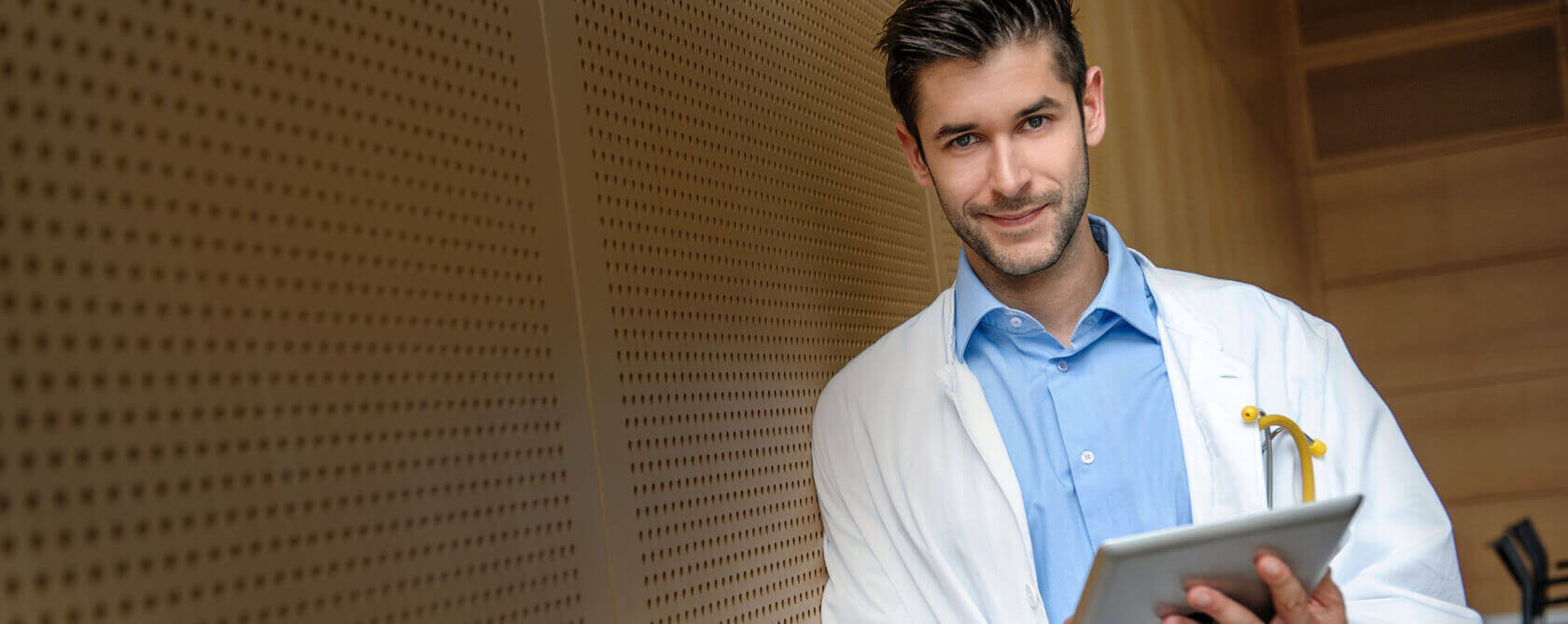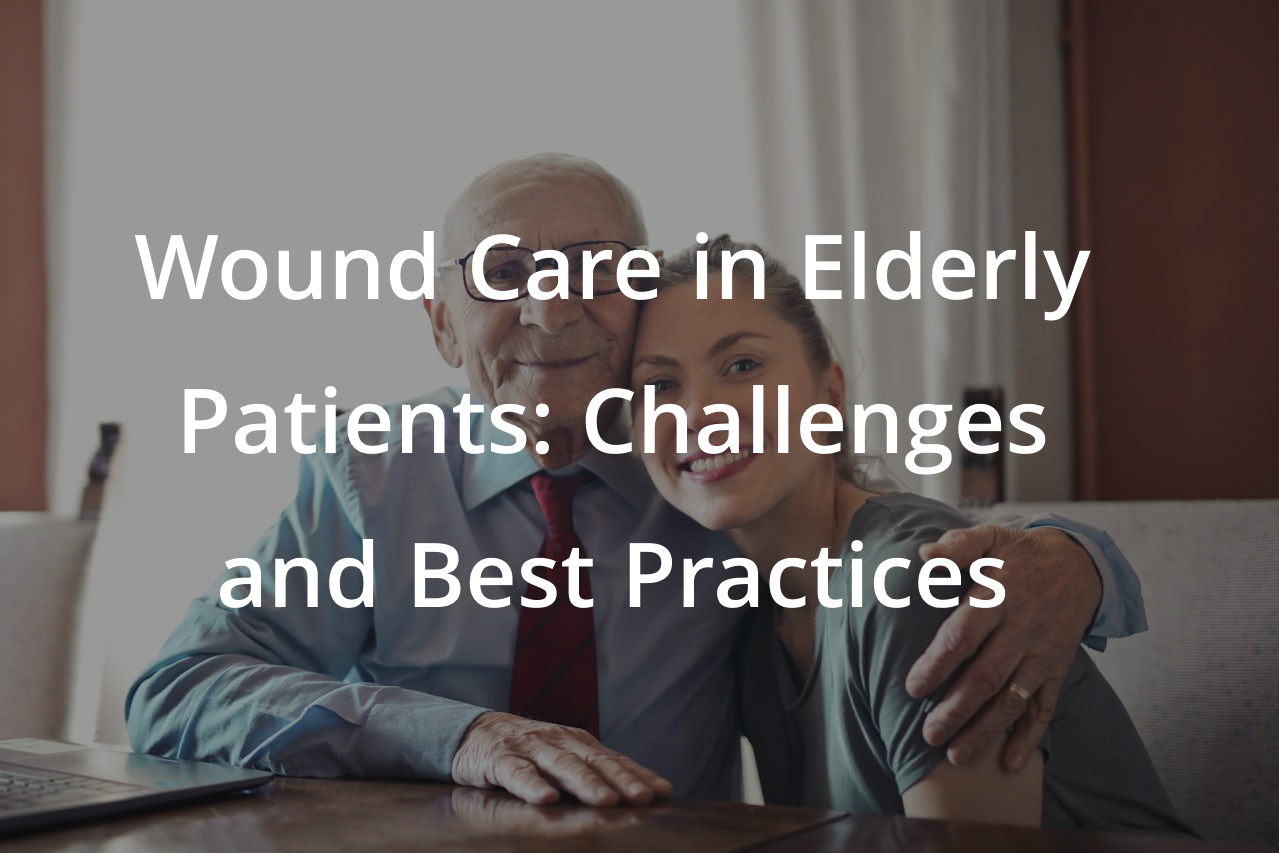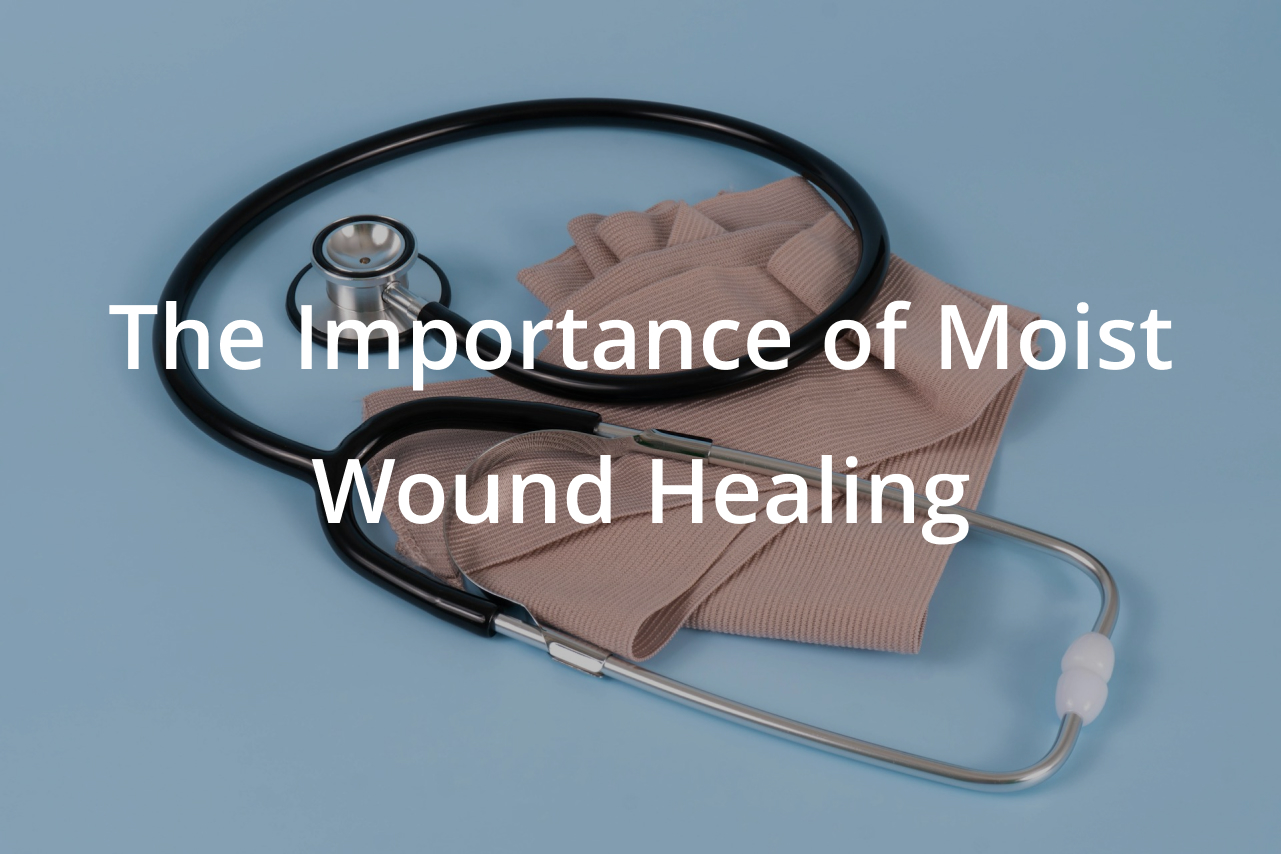Wound management in elderly adults presents unique challenges due to the natural aging process and the prevalence of concurrent health conditions that complicate healing. Effective wound care requires a comprehensive approach tailored to the specific needs of older adults. This blog discusses the obstacles and best practices in managing wounds in older adults, emphasizing the integration of innovative treatments and compassionate care.
Understanding the Challenges of Wound Care in Elderly Adults
- Reduced Skin Elasticity and Thickness: Our skin naturally becomes thinner and less elastic as we age. This not only makes it more susceptible to injury but also slows the healing process, as fewer skin cells are available to close the wound.
- Chronic Health Conditions: Many older adults suffer from chronic conditions such as diabetes, vascular disease, or arthritis. These illnesses can severely impact wound healing by restricting blood flow, reducing mobility, or compromising the immune system.
- Nutritional Deficiencies: Proper nutrition is crucial for wound healing. Elderly patients often have dietary deficiencies in key nutrients like protein, vitamins, and minerals, which are vital for repairing tissues and fighting infection.
- Mobility Issues: Limited mobility or prolonged periods of immobility can increase the risk of pressure ulcers, especially in bedridden or patients who use wheelchairs.
Best Practices for Managing Wounds in the Elderly
- Comprehensive Assessment: Initial and ongoing assessments are critical to effective wound management. Evaluating the wound’s depth, size, and signs of infection, along with the patient’s overall health status and mobility, helps tailor the treatment plan.
- Advanced Wound Care Technologies: Utilize the latest advancements in wound care, such as hydrocolloid dressings, collagen-based products, and negative pressure wound therapy (NPWT). These technologies can accelerate healing by maintaining a moist wound environment and enhancing tissue regeneration.
- Optimized Nutrition: Ensure that elderly patients receive adequate nutrition for wound healing. This may involve supplementing their diet with protein, vitamins C and A, and zinc through dietary adjustments or nutritional supplements.
- Infection Prevention and Management: Older adults are more susceptible to infections due to a weakened immune system. Regular cleaning and disinfecting of the wound, along with the use of antimicrobial dressings when necessary, are essential to prevent infection.
- Pressure Ulcer Prevention: Regular repositioning is crucial for patients with mobility issues to prevent pressure ulcers. Use specialized mattresses and cushions that distribute weight evenly and reduce pressure on vulnerable areas.
- Pain Management: Pain can impair quality of life and hinder recovery. Adequate pain management is essential, tailored to the individual and their condition. Non-steroidal anti-inflammatory drugs (NSAIDs) or topical analgesics can be effective, depending on the patient’s overall health and specific needs.
- Patient and Caregiver Education: Educate patients and caregivers on proper wound care techniques and the importance of adherence to treatment protocols. Empowering them with knowledge helps improve outcomes and fosters a collaborative care environment.
- Interdisciplinary Approach: Effective wound care often requires a team approach involving nurses, dietitians, physical therapists, and other specialists. Coordinating care among various health professionals ensures that all aspects of the patient’s health and wound management are addressed.
Conclusion
Managing wounds in elderly patients demands a detailed understanding of the unique challenges presented by aging and related health issues. By employing a holistic and multidisciplinary approach, incorporating advanced wound care technologies, and focusing on patient education and compassionate care, we can significantly improve healing outcomes and enhance the quality of life for our senior patients. At the Wound Institute, our commitment to utilizing best practices in senior wound care is unwavering, driven by our dedication to delivering effective, personalized treatment for all patients.



